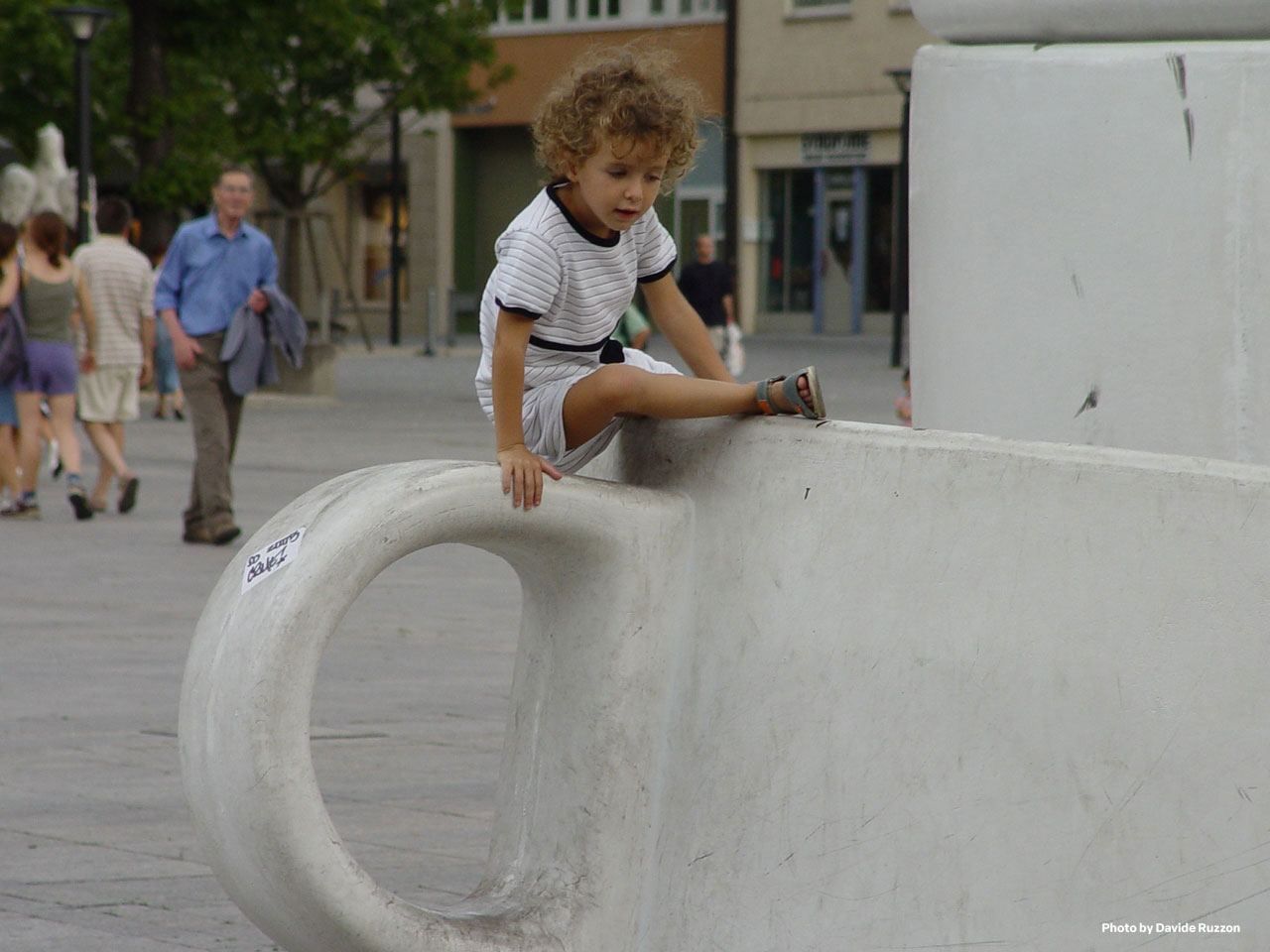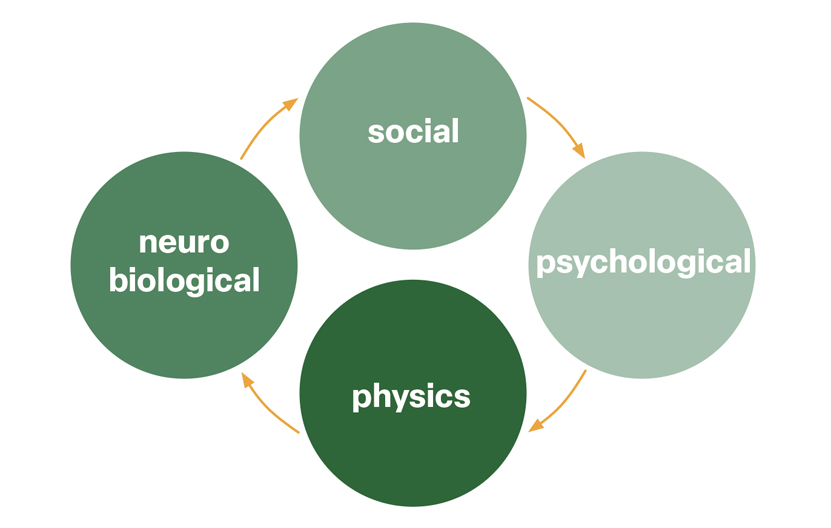why
architecture can protect health


Our behavior is shaped by three elements: our relationships with others, our
personal biography, and the environment in which these unfold.
How does architecture influence human behavior?

Environmental well-being results from human interactions that take place in environments suited to various activities. To promote well-being, we must consider the expectations and emotions triggered by individual decisions, as the mechanisms of human neurobiology.
1.1 / neurobiological
Stress is linked to cardiovascular disease, oxidative cellular
processes, and cancer. Urban and architectural design driven by emotional regulation can mitigate neurodegenerative
processes, including those affecting the hippocampus.

1.2 / social
By tackling fear and/or anger — two primordial human emotions — a proper spatial configuration can
foster pro-social behaviors, increasing collaboration and mutual support.
1.3 / psychological
Adequate urban environments and sensory-enriched architecture can reduce anxiety, depression, emotional
imbalance, loneliness, and boredom.
1.4 / physics
A suitable environment that decrease stress also holds back the risk of metabolic syndrome — that is, a cluster of conditions such as heart attack, stroke, type 2 diabetes,
hypertension, low HDL cholesterol levels, and obesity.